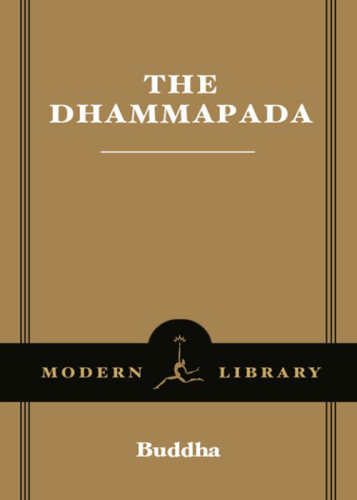
The Dhammapada
Verses on the Way
کتاب های مرتبط
- اطلاعات
- نقد و بررسی
- دیدگاه کاربران
نقد و بررسی

September 6, 2004
"Organized in a way that is meant to encourage a fresh encounter with the Dhammapada," according to its introduction, this guide jumps right in with Wallis's careful translation of the 2,400-year-old Buddhist text. Wallis, an assistant professor of religion at the University of Georgia, wants readers to pore over the classic itself before using the notes in the back of the book on the second, third or even fourth reading. ("Learning is slow; careful reading is tedious; understanding is elusive," he cautions.) After this initial getting-to-know-you phase, readers can progress to the book's second half, which has an extended guide to the text as a whole and a detailed commentary on selected verses (which are marked by an asterisk in the translation). Wallis discusses the oral nature of the original work, which would have been memorized and recited by monks, nuns and laypersons. He argues that rather than being seen as a random collection of verses, the Dhammapada has an overriding structure and a coherent theme, emphasizing the need for spiritual diligence and effort. According to the text, readers should seek the meaning of these verses as a skilled gardener would gather flowers. Wallis's dexterous translation and commentary should help them in their task, though at times his writing is a bit technical.

Starred review from October 15, 2004
The Dhammapada, one of the most popular texts of the Buddhist canon, presents 423 short (mostly four-line) verses organized in 26 topical chapters. Aphoristic sayings attributed to the Buddha, these verses are intended to help struggling practitioners keep to the path and be mindful of "what is most important in life." Wallis (Buddhism, Hinduism, & Eastern religions, Univ. of Georgia; Meditating the Power of Buddhas) has rendered a clear, readily accessible translation that preserves the Buddhist connotation in language understandable to nonspecialist Western readers. His accompanying "Guide to Reading the Text" provides an introduction to each chapter while also illuminating notes and copious bibliographic references. Although this is another in a long line of English translations of this core title, most public and academic libraries will want to add it for its readability, the alternative reading many patrons will seek, and the utility of the concluding guide, which will prove useful to those seeking further context. Highly recommended.-James R. Kuhlman, Univ. of North Carolina at Asheville, Lib.
Copyright 2004 Library Journal, LLC Used with permission.

























دیدگاه کاربران